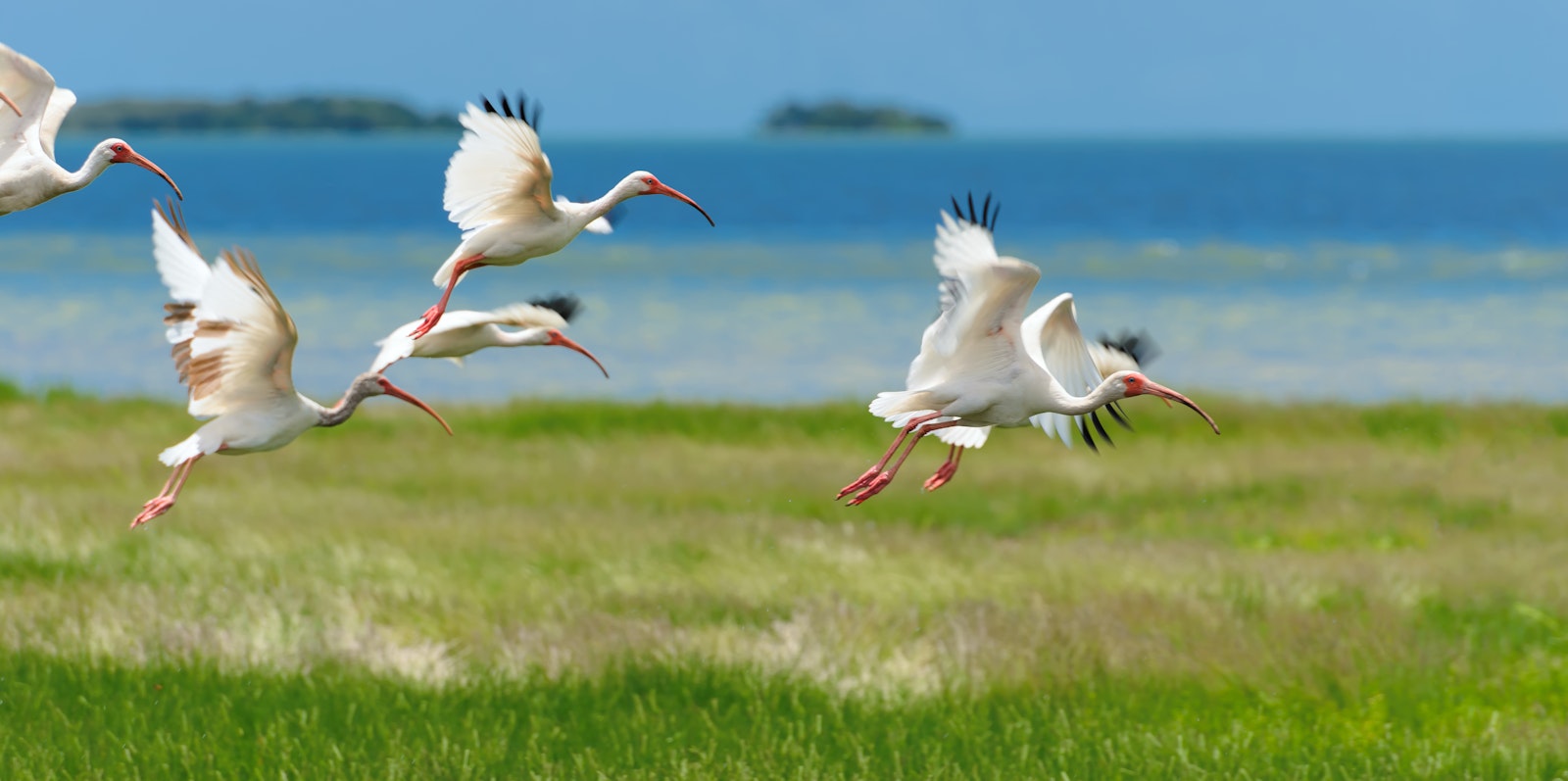
Is That Seaweed or Some-Fin Else?
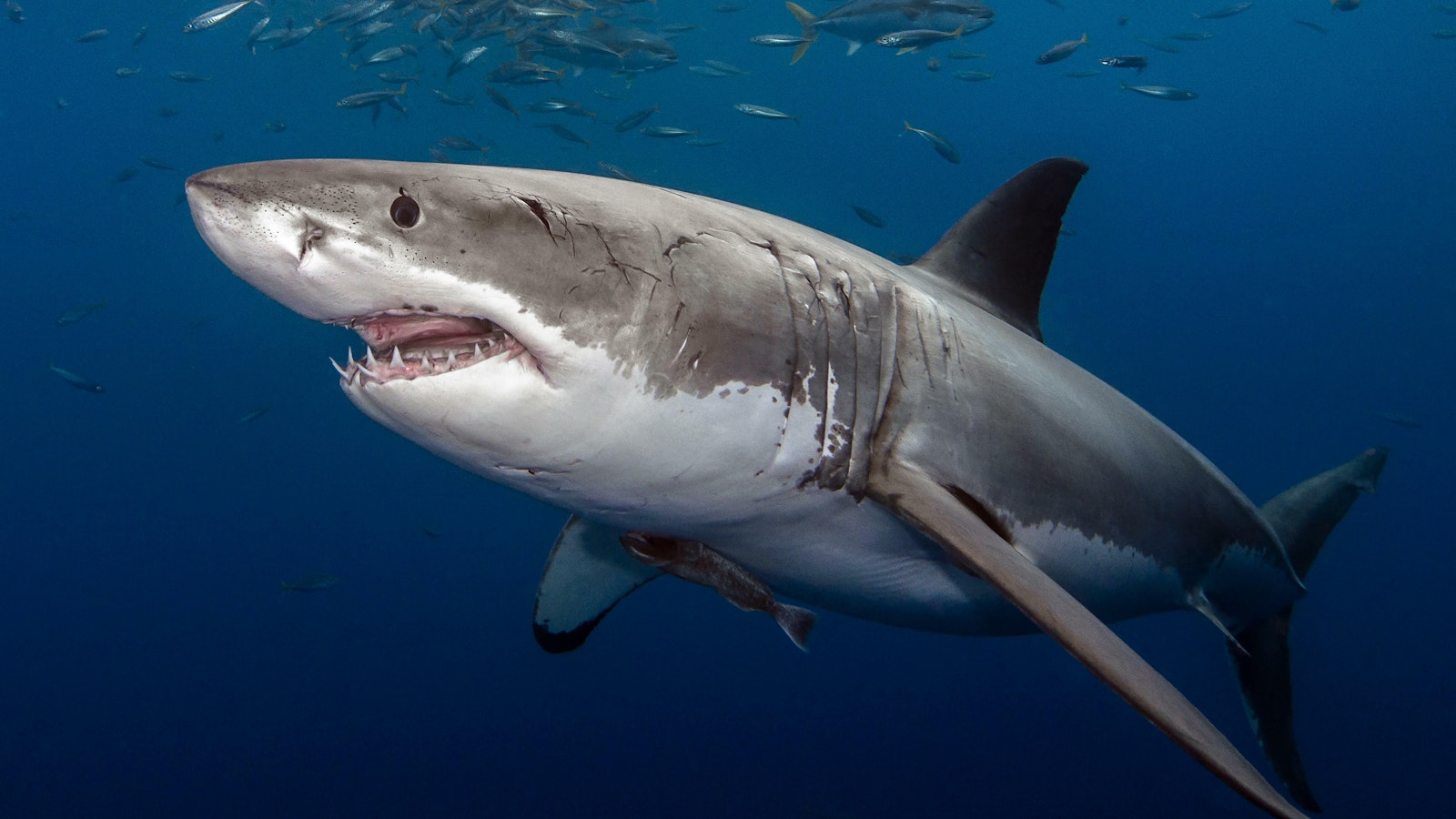
.
.
Every week is shark week during the summers at Cape Cod National Seashore. White sharks (Carcharodon carcharias), also known as great whites, are just as ubiquitous with summers at Cape Cod National Seashore as lobster rolls.
White sharks are iconic creatures of the ocean, occupying the top spot of the food chain and playing a critical role in maintaining a healthy and balanced marine ecosystem.
These incredible creatures are born four feet long, growing slowly over their 70-year lifespan to an eventual length of 20 feet and weighing over 4,000 pounds. Partially warm-blooded, white sharks are more active predators in cooler waters than other shark species and are found in oceans around the world.
Even so, white sharks are vulnerable to human impacts, including at Cape Cod National Seashore, where shark populations dipped to a historic low from overfishing, bycatch, and the removal of a key food source, the gray seal (Halichoerus grypus).
In recent decades, gray seal populations at Cape Cod National Seashore have rebounded from near extinction, thanks to nationwide protections. With the recolonization of gray seals, white sharks have begun to frequent park waters once again – including shallow waters in some popular areas for beachgoers.
Predicting Shark Behavior Along the Coast
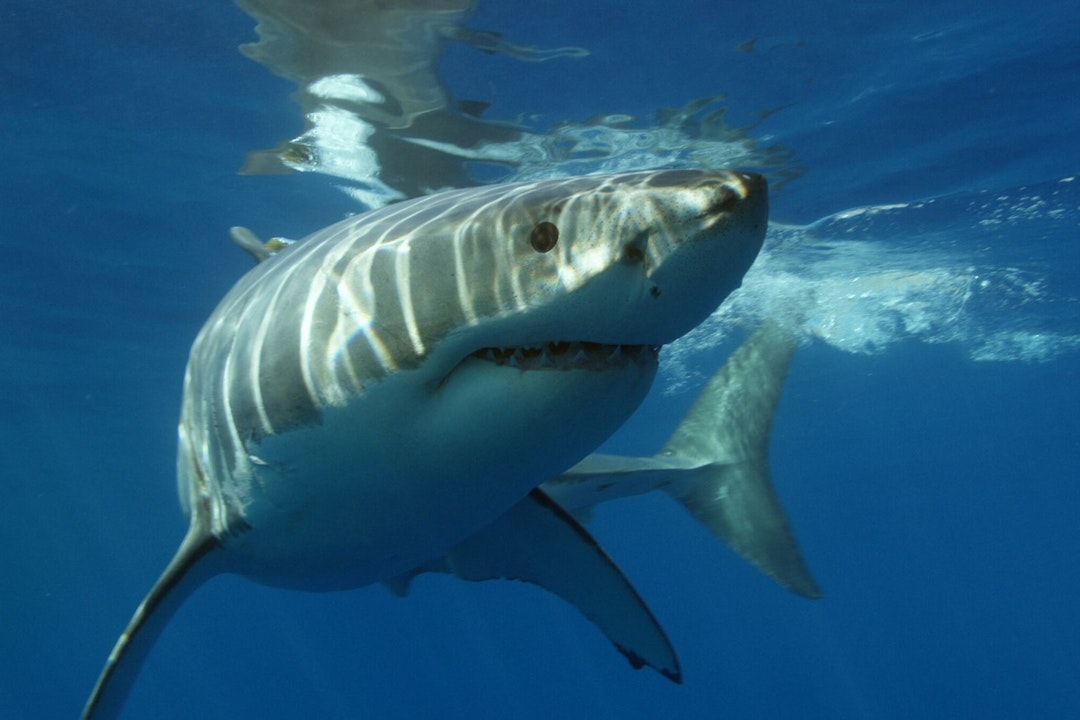
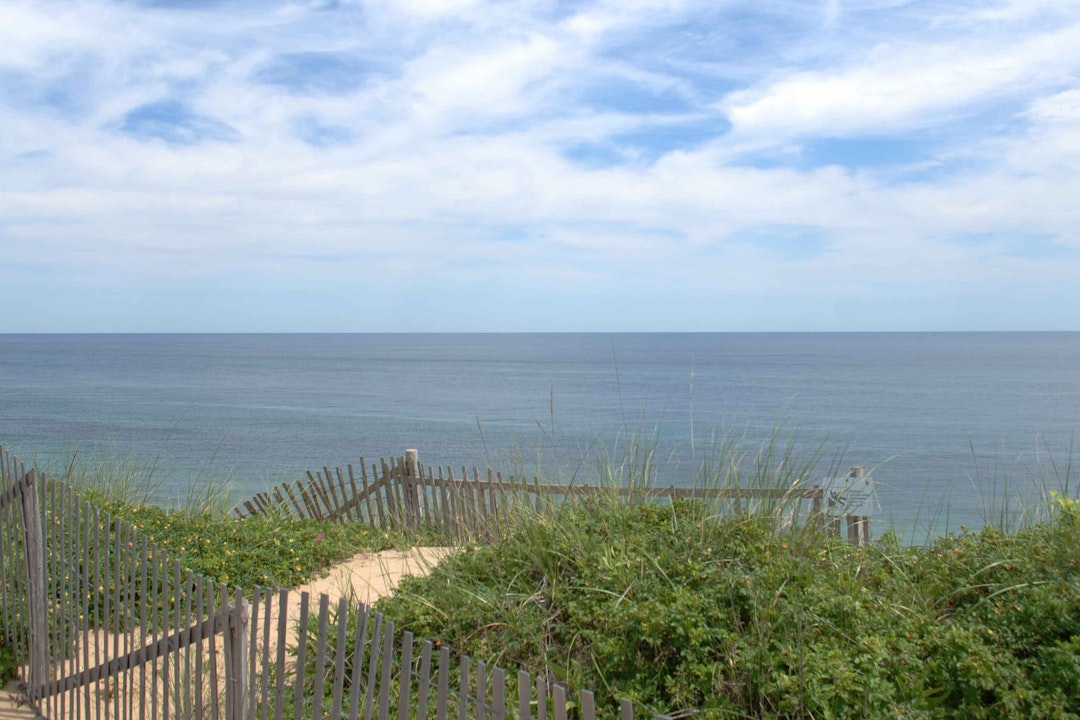
In partnership with the Center for Coastal Studies in Provincetown, MA, park biologists are using National Park Foundation (NPF) funding to better understand when, where, and how white sharks are using the nearshore and shallow waters.
To continually improve education and outreach to the general public as well as park staff about safely recreating in waters off of Cape Cod National Seashore, Cape Cod National Seashore is creating a site-specific approach that will predict the probability of white sharks, dependent on current beach conditions.
In partnership with the Massachusetts Division for Marine Fisheries and the Atlantic White Shark Conservancy, the Center for Coastal Studies is tracking sharks tagged with acoustic tags. Acoustic receivers are positioned along the coast to track the movement of tagged sharks as they move along the Outer Cape. This project leverages a decade of state and locally funded tagging efforts on Cape Cod but is novel in its focus on fine-scale movements of sharks in relation to nearshore conditions.
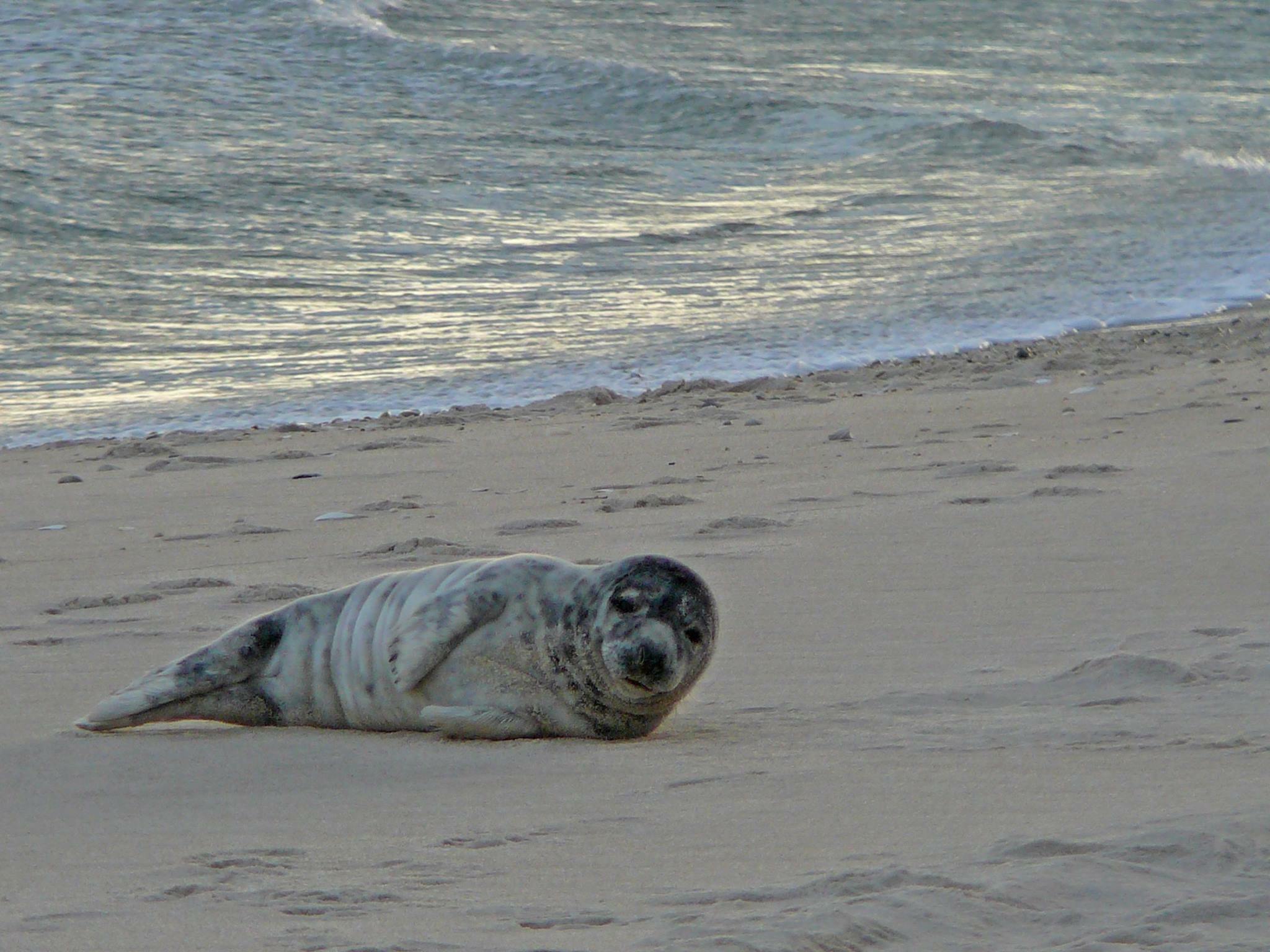
This work takes the tracking to another level by establishing fine-scale grids of acoustic receivers to track shark movements in high resolution (by meter and minute). Since 2010, more than 277 white sharks have been tagged. Simultaneously, the Center for Coastal Studies is assessing the presence and behavior of gray seals, mapping ocean floor habitat, and collecting oceanographic and atmospheric condition data.
Biologists will use this data to close knowledge gaps about white shark behavior in the Cape Cod region and adapt and update existing scenario plans for rangers and lifeguards to improve public safety.
A Unique Location Requires Unique Solutions
Current shark smart principles and lifeguard response policies used at Cape Cod National Seashore are primarily adapted from other areas, such as California, Australia, Florida, and South Africa, where human-shark interactions are common. But these other locations have distinctly different habitats compared to that of Cape Cod and focus on different species.
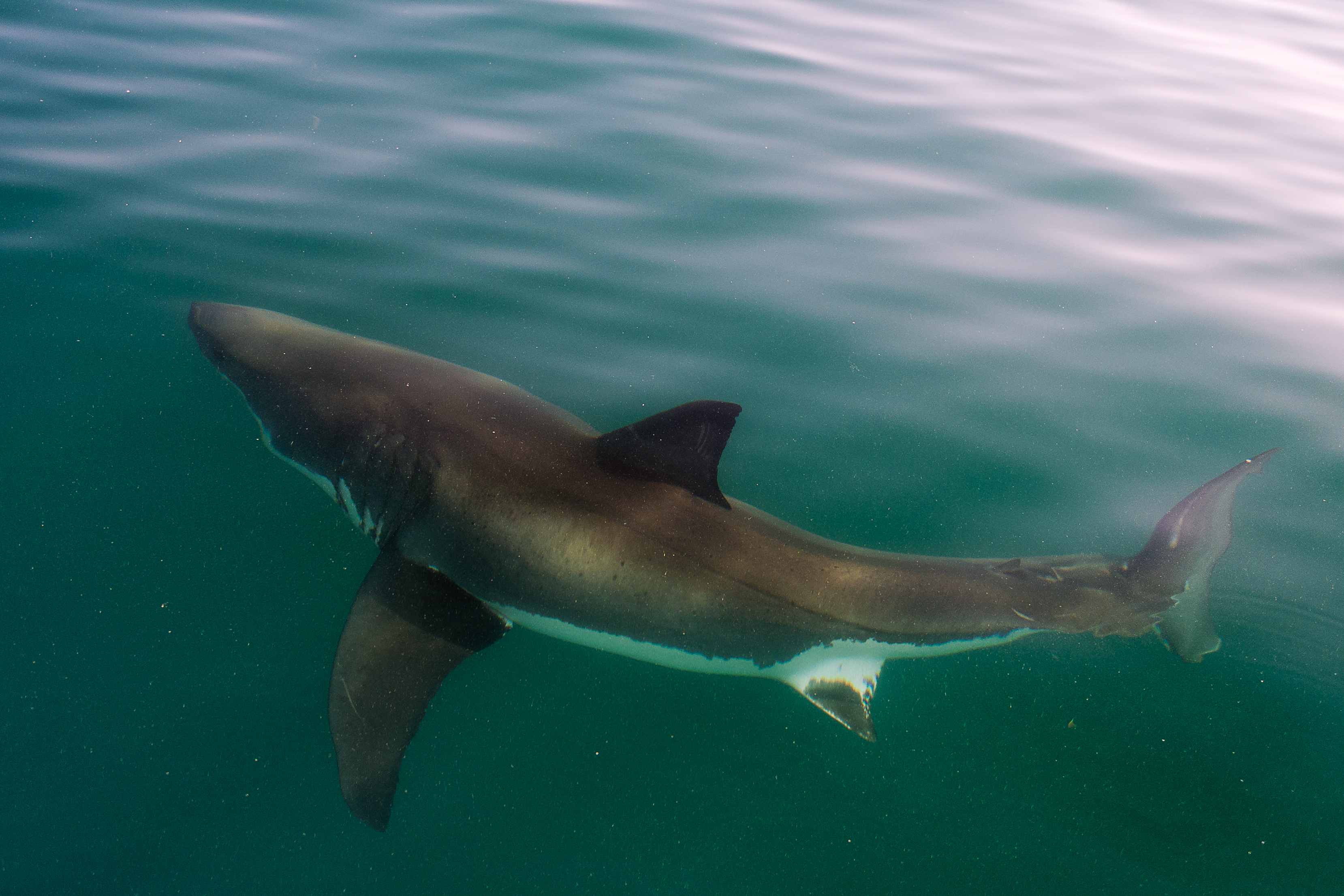
“The near-shore habitat along outer Cape Cod is much different than other areas where white sharks are found around the world,” says Geoffrey Sanders, chief of natural resource management and science at Cape Cod National Seashore. “It is exciting to engage in research and partnerships to learn more about white shark behavior and how these animals are using the network of troughs and bars along the coast to move and hunt.”
At other locations, the nearshore habitat has steep drop-offs that are ideal for the sharks’ hunting. But off the coast of Cape Cod, the ocean floor is shallow with no steep drop-offs – yet the sharks are adapting and still using these areas as hunting grounds. Factors that influence white shark usage of these shallow waters include the seafloor topography, which shifts an exceptional amount at Cape Cod as the sand continually moves; changes in oceanographic conditions; high-energy weather systems; and the presence of prey items such as seals and fishes.
The results from this site-specific study will be used to develop critical park- and white shark -specific data to better understand shark behavior, while also improving public education and safety messaging about how white sharks utilize the near shore waters along the Outer Cape. The goal is to use the information to enhance visitor experience at a long-time recreational hotspot that is seeing more shark activity in recent years.
Protecting Apex Predators
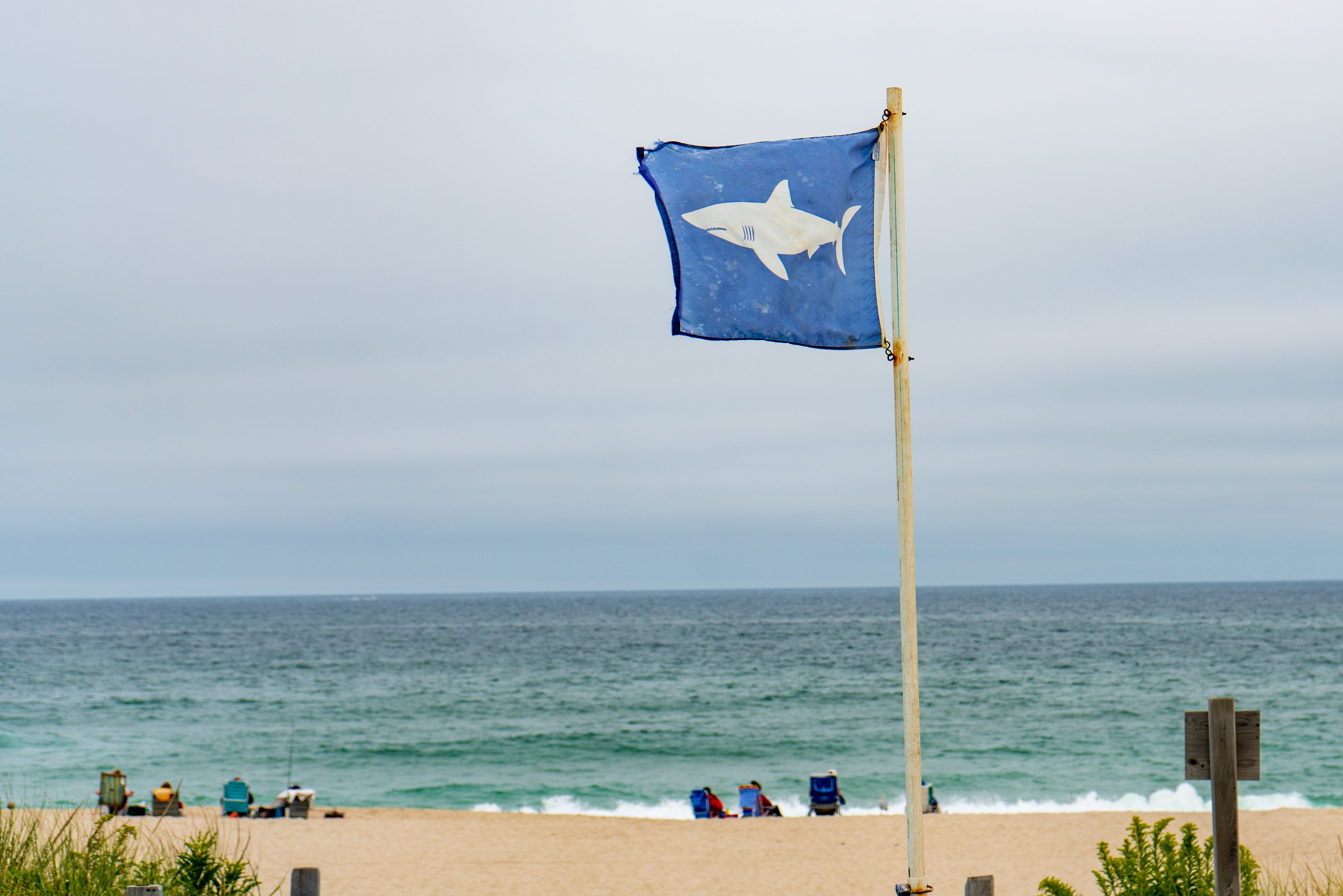
A global loss of apex predators has ripple effects throughout ecosystems. And protecting apex species like white sharks plays an important role in the larger conservation strategies. National and international protections have helped the species rebound but they still face many man-made threats. The National Park Service (NPS) is actively working to restore native species, including the white shark. The rebound of white shark populations, including in the waters at Cape Cod National Seashore, over the past several decades is proof of a series of successful federal and state protections.
With the help of generous donors, NPF’s Wildlife & Habitat Conservation work supports scientific research that helps protect remarkable wildlife in national parks, from the mountains to the sea.
Our Work

We Can’t Take These Resources for Granted
For us, the national parks are a source of beauty, history, and inspiration. For the creatures and plants within them, they are a life source. We’re calling on you to help us protect and restore these vibrant and vulnerable landscapes. See how you can champion our conservation efforts by donating to the National Park Foundation.
